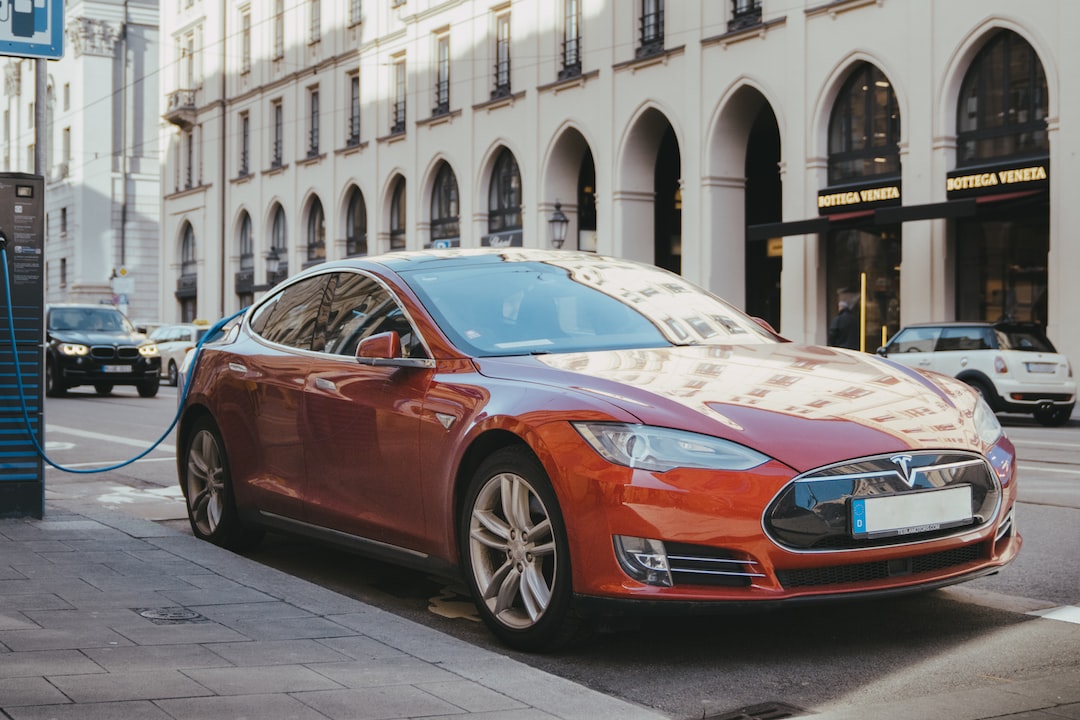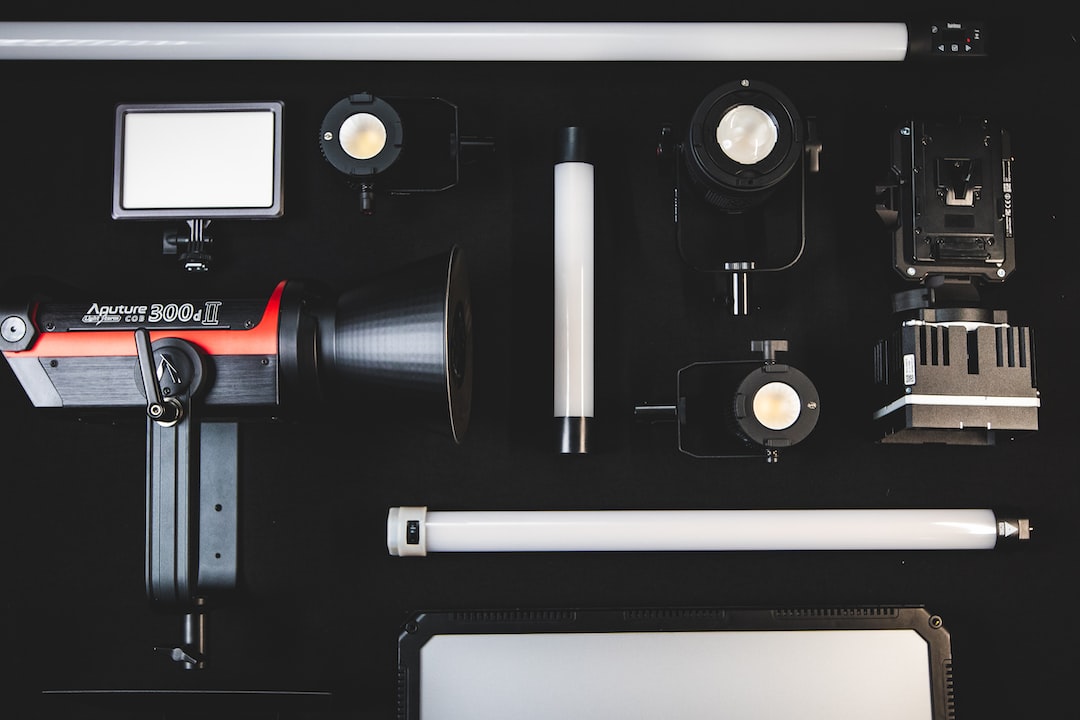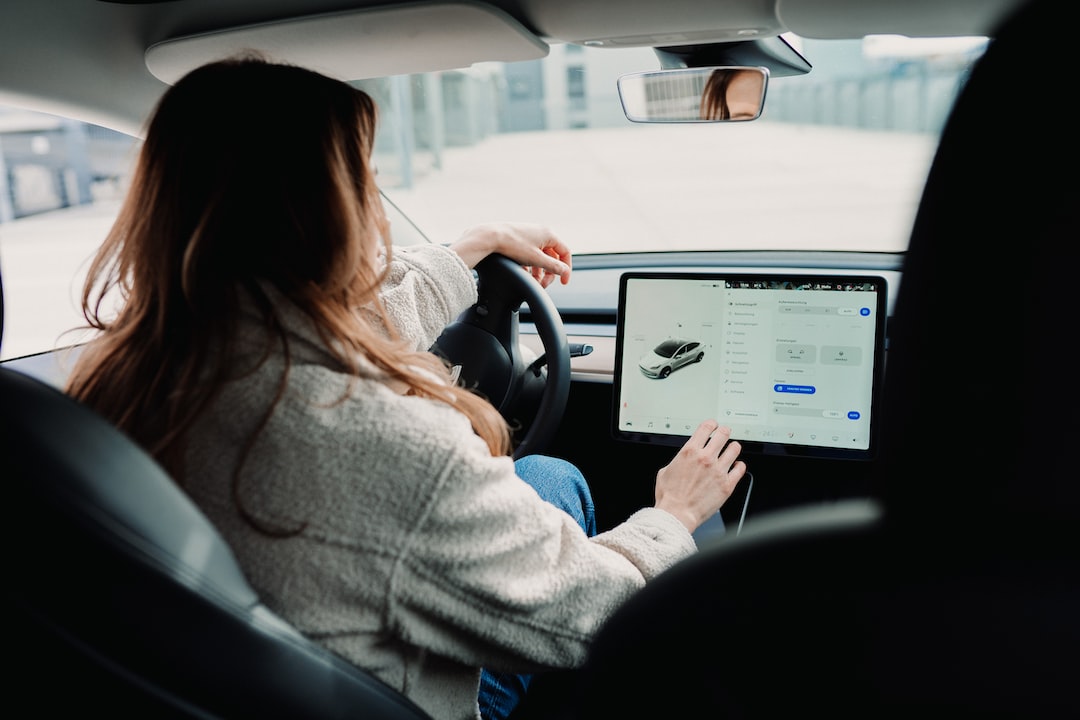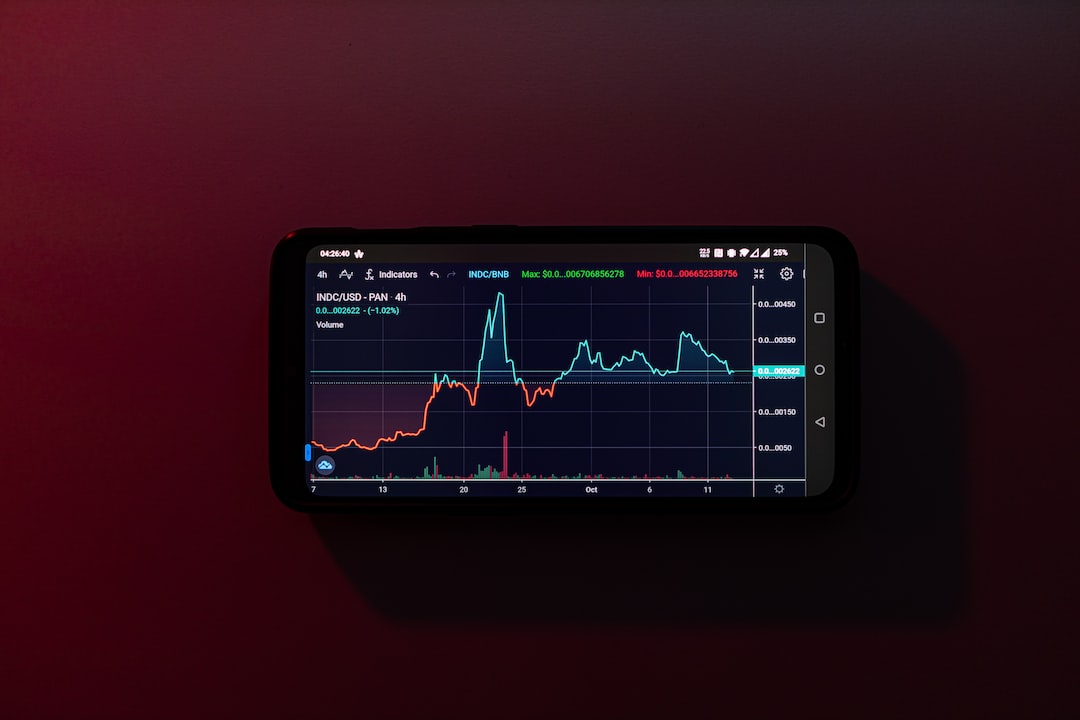Table of Contents
Introduction
The world of sales can be a tough and competitive one. In order to stand out among the crowd and achieve unparalleled success, you need a secret weapon. And we have just the solution for you – the ultimate email optimization guide.
Email marketing has long been hailed as one of the most effective methods for driving sales and boosting conversions. But it’s not just about sending out a bunch of generic emails and hoping for the best. To truly harness the power of email marketing, you need to optimize every aspect of your campaigns.
| Email Optimization Guide |
| Chapter 1: Crafting compelling subject lines |
| Chapter 2: Designing eye-catching templates |
| Chapter 3: Personalization techniques that work |
| Chapter 4: A/B testing like a pro |
In this comprehensive guide, we will delve deep into the strategies, tips, and tricks that will help you skyrocket your sales through email optimization. Each chapter is packed with valuable insights and actionable advice, backed by industry experts and real-life case studies.
But that’s not all! To make this guide even more engaging, we have included an awe-inspiring image that perfectly captures the essence of email marketing. Check it out below!

Are you ready to unlock the potential of email marketing and revolutionize your sales? Then grab a cup of coffee, settle into your favorite chair, and let’s embark on a journey towards email optimization nirvana. Get ready to witness mind-blowing results!
Step 1: Understand the sales funnel and its stages
Step 1: Understand the sales funnel and its stages
In order to optimize your email content for different stages of the sales funnel, it’s crucial to have a clear understanding of the sales funnel itself and the stages it consists of. The sales funnel represents the journey that a potential customer takes from becoming aware of your product or service to making a purchase decision.
The sales funnel typically consists of three main stages:
1. Awareness: At this stage, prospects are just becoming aware of their problem or need and are seeking information and solutions. Your goal is to attract their attention and provide valuable content that educates and addresses their pain points.
2. Consideration: During this stage, prospects are actively evaluating different options and considering whether your product or service could be the right fit for them. Your aim is to provide them with more detailed information, case studies, testimonials, and comparison guides to showcase the value of your offering.
3. Decision: This is the final stage where prospects are ready to make a decision and convert into paying customers. Your objective is to provide them with compelling offers, discounts, incentives, and a clear call-to-action that encourages them to take the next step.
Step 2: Identify the target audience for each stage
Step 2: Identify the target audience for each stage
When optimizing your email content for different stages of the sales funnel, it is crucial to identify the target audience for each stage. Understanding who you are targeting will allow you to tailor your messaging and offers to meet their specific needs and interests.
At the top of the funnel, the target audience is typically a broader group of individuals who might be interested in your product or service. They may be unaware of your brand or have limited knowledge about what you offer. It is important to focus on creating awareness and generating interest at this stage.
In the middle of the funnel, the target audience has shown interest in your brand and is considering making a purchase. They are more engaged and open to learning more about your products or services. Your messaging should aim to provide more detailed information and address any concerns or objections they may have.
At the bottom of the funnel, the target audience consists of individuals who are ready to make a purchase. They may have already interacted with your brand multiple times and are now looking for that final push to convert. Your messaging should focus on incentives, offers, and clear calls-to-action to encourage them to take action and complete the purchase.
Step 3: Tailor email content to address buyer personas
Step 3: Tailor email content to address buyer personas
One of the most effective tactics to optimize your email content for different stages of the sales funnel is to tailor it to address the specific needs and interests of your buyer personas. A buyer persona is a fictional representation of your ideal customer, based on market research and data.
By understanding your buyer personas, you can create personalized email content that resonates with their pain points, goals, and preferences. This not only increases the relevance and value of your emails but also helps establish a deeper connection with your audience.
To tailor your email content for different buyer personas, consider segmenting your email list based on demographic, geographic, or behavioral data. This way, you can send targeted emails that address the specific concerns and interests of each segment.
Additionally, use dynamic content in your emails to further personalize the experience. Dynamic content allows you to show different sections of your email based on the recipient’s attributes or behavior, making each email feel more tailored to their needs.
Step 4: Use compelling subject lines and preheaders
Step 4: Use compelling subject lines and preheaders
When optimizing your email content for different stages of the sales funnel, one crucial tactic is to create compelling subject lines and preheaders.
Subject lines are the first thing your recipients see when they receive your email. They should be short, clear, and attention-grabbing, while also giving a hint about the content of the email.
Preheaders, on the other hand, are the short preview text that appears next to or below the subject line in the recipient’s inbox. They provide additional context and can further entice the recipient to open the email.
By crafting compelling subject lines and preheaders, you can increase your open rates and engage your audience right from the start.
Some tips for creating effective subject lines and preheaders include:
- Using personalized and relevant language
- Creating a sense of urgency or curiosity
- Highlighting the benefits or value of your email
Remember, your goal is to capture the attention of your audience and make them curious enough to open your email and continue engaging with your content.
Step 5: Personalize content based on stage and buyer behavior
Step 5: Personalize content based on stage and buyer behavior
One of the most effective tactics to optimize your email content for different stages of the sales funnel is personalization. By tailoring your content to the specific needs, interests, and behaviors of your prospects, you can significantly increase engagement and conversions.
To personalize your email content, start by segmenting your audience based on their stage in the sales funnel. This could be categorized as awareness, consideration, or decision stage. Each stage requires different information and messaging.
Next, analyze the behavior of your buyers. Look at their past purchases, preferences, and interactions with your brand. This data can help you create hyper-targeted content that addresses their specific pain points and interests.
Using dynamic content and merge tags, you can dynamically insert personalized information into your emails, such as the recipient’s name, past purchase history, or recommended products based on their previous browsing behavior.
Furthermore, you can utilize automation to trigger personalized emails based on specific actions or milestones in the customer journey. This allows you to deliver the right message at the right time, nurturing your prospects towards making a purchase.
Step 6: Provide value and solve pain points at each stage
Step 6: Provide value and solve pain points at each stage
When optimizing your email content for different stages of the sales funnel, it is crucial to ensure that you are providing value and addressing the pain points of your audience at each stage.
At the awareness stage, focus on creating educational and informative content that helps your audience understand their problems and potential solutions. Utilize compelling subject lines and engaging visuals to grab their attention.
In the consideration stage, emphasize the unique features and benefits of your product or service. Showcase case studies, testimonials, and product demos to build credibility and trust.
At the decision stage, provide clear call-to-actions and incentives to encourage your audience to take the next step. Offer exclusive discounts or limited-time offers to create a sense of urgency.
By understanding the needs and pain points of your audience at each stage, you can tailor your email content to provide value and guide them towards making a purchase decision.
Step 7: Include clear and prominent CTAs
Step 7: Include clear and prominent CTAs
To optimize your email content for different stages of the sales funnel, it is crucial to include clear and prominent call-to-actions (CTAs). CTAs guide your audience and encourage them to take the desired action. Depending on the stage of the sales funnel, the CTAs can vary.
Top of the funnel: At the awareness stage, when you are introducing your brand and building relationships with potential customers, include CTAs that invite them to learn more. Examples could be ‘Read our blog post,’ ‘Watch our introductory video,’ or ‘Explore our product catalog.’
Middle of the funnel: At the consideration stage, when prospects are evaluating their options, include CTAs that prompt them to take a deeper dive. Examples could be ‘Schedule a demo,’ ‘Request a free trial,’ or ‘Download our case study.’
Bottom of the funnel: At the decision stage, when prospects are ready to make a purchase, include CTAs that motivate them to take action. Examples could be ‘Buy now,’ ‘Get started today,’ or ‘Sign up for a subscription.’
Step 8: Analyze and optimize email performance
Step 8: Analyze and optimize email performance
Once you have implemented your email content for different stages of the sales funnel, it’s crucial to continuously analyze and optimize its performance. This step involves monitoring key metrics and making data-driven decisions to improve the effectiveness of your email campaigns.
Start by tracking metrics such as open rates, click-through rates, conversion rates, and unsubscribe rates. These metrics provide insights into how well your emails are resonating with your audience and driving desired actions. Identify any patterns or trends in the data to understand what is working and what needs improvement.
Use A/B testing to experiment with different elements of your emails, such as subject lines, call-to-action buttons, or content layouts. Test one variable at a time to accurately measure the impact of each change. Analyze the results to identify which variations yield better performance, and then implement the winning elements into your future email campaigns.
Regularly review your email content strategy and make adjustments based on the insights gathered from performance analysis. Continuously optimize your emails to keep them relevant, engaging, and effective in nurturing leads and driving conversions.
Conclusion
Conclusion
In conclusion, optimizing email content for different stages of the sales funnel is crucial for skyrocketing your sales. By following the steps outlined in this ultimate email optimization guide, you can create targeted and personalized emails that resonate with your audience, increase engagement, and drive conversions.
Understanding the sales funnel and its stages is the first step. From creating awareness in the initial stage to guiding prospects towards making a purchase decision, tailoring your email content to address each stage is essential. Identifying the target audience for each stage allows you to deliver relevant messaging and offers that meet their specific needs and interests.
Tailoring your email content based on buyer personas further enhances personalization. By segmenting your email list and using dynamic content, you can create a more tailored and engaging experience for your recipients.
Using compelling subject lines and preheaders grabs the attention of your audience and entices them to open your emails. Personalizing content based on stage and buyer behavior ensures that your emails are relevant and valuable at each step of the customer journey.
Providing value and solving pain points throughout the sales funnel builds trust and helps guide prospects towards making a purchase. Including clear and prominent call-to-actions drives action and encourages conversions.
Lastly, analyzing and optimizing email performance helps improve the effectiveness of your campaigns. By tracking key metrics and experimenting with different elements, you can continuously refine your email content strategy to deliver better results.
In conclusion, by following this email optimization guide, you can unlock the secret weapon to skyrocket your sales and achieve success in your email marketing efforts.
Frequently Asked Questions
What is the sales funnel?
The sales funnel is a visual representation of the customer journey, from the initial awareness stage to the final purchase.
Why is it important to optimize email content for different stages of the sales funnel?
Optimizing email content for different stages of the sales funnel allows you to deliver relevant and personalized messages to your leads, increasing the chances of conversions.
What tactics can be used to optimize email content for the top of the sales funnel?
At the top of the sales funnel, focus on educating and building awareness. Use compelling subject lines, provide valuable content, and include relevant calls to action to encourage lead engagement.
How can email content be optimized for the middle of the sales funnel?
In the middle of the sales funnel, provide more specific information about your products or services. Include customer testimonials, case studies, and offer free trials or demos to nurture leads and move them closer to purchase.
What strategies are effective for optimizing email content for the bottom of the sales funnel?
At the bottom of the sales funnel, focus on driving conversions. Offer discounts, limited-time promotions, or personalized product recommendations based on the lead’s past behavior or preferences in order to encourage a purchase.
Are there any tools or software that can help with optimizing email content for different stages of the sales funnel?
Yes, there are several tools and software available that can assist with email optimization, such as email marketing platforms that offer segmentation, automation, and analytics features.






